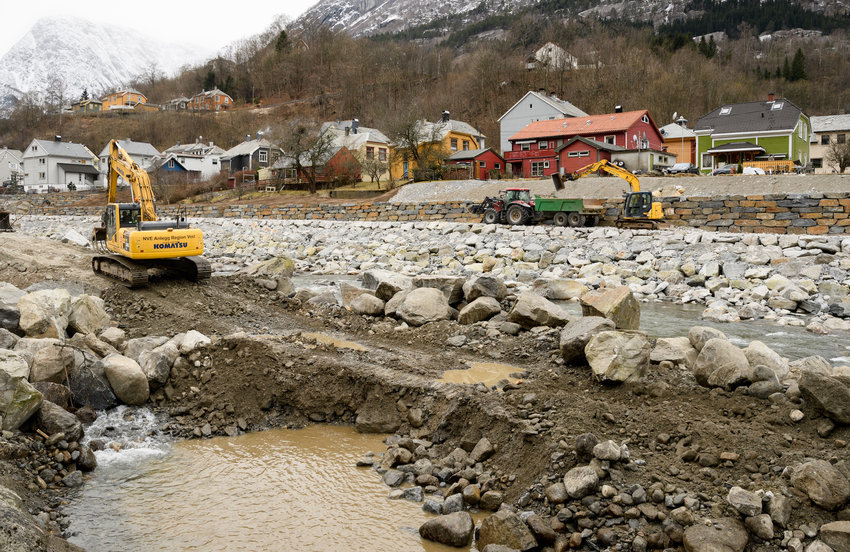How much energy people use, or rather how much they want to use, expressed as energy demand, will have potentially large impacts on energy price, production and infrastructure. In his Master thesis at the University of Oslo, Eirik Sjåvik has studied how to employ temperature forecasts as features in an electricity demand forecasting model.

In the thesis Electricity Demand Forecasting – Probabilistic Demand Forecasting Using Principal Components of Seasonal Temperature Forecasts Sjåvik introduces a medium-term forecast model for electricity demand in the Nordic region utilizing seasonal Numerical Weather Prediction (NWP) temperature forecasts. These forecasts will have a broad applicability for stakeholders in industry, energy markets, government, and the broader public.
Abstract:
In this thesis we introduce a medium-term forecast model for electricity demand in the Nordic region utilizing seasonal Numerical Weather Prediction (NWP) temperature forecasts. Our demand model is composed of two integral parts.
The first part is a structural demand model, which seeks to model electricity demand, at a specific target time, by utilizing temperature at the same target time. The temperature data consist of observations across a grid over the Nordic countries. By employing a principal component transformation of the temperature grid we seek to describe the relation between demand and the temperature field as a whole by a small subset of principal components. We model this relation through a Generalized Additive Model.
The second part is a probabilistic temperature forecast model utilizing NWP forecasts in principal component space. By combing the two parts we can form a probabilistic forecast of demand for the Nordic region.
We show that the models employed show great performance when compared to relevant baseline models. We also introduce a re-weighting scheme for NWP forecasts in principal component space. By re-weighing temperature forecasts after how well they recently have performed, we can ‘update’ the forecast and obtain short-term improvements in skill at any time point.
The Norwegian Computing Center is a partner in Climate Futures, and the master’s thesis was written as part of this collaboration.
Download the entire thesis here.

